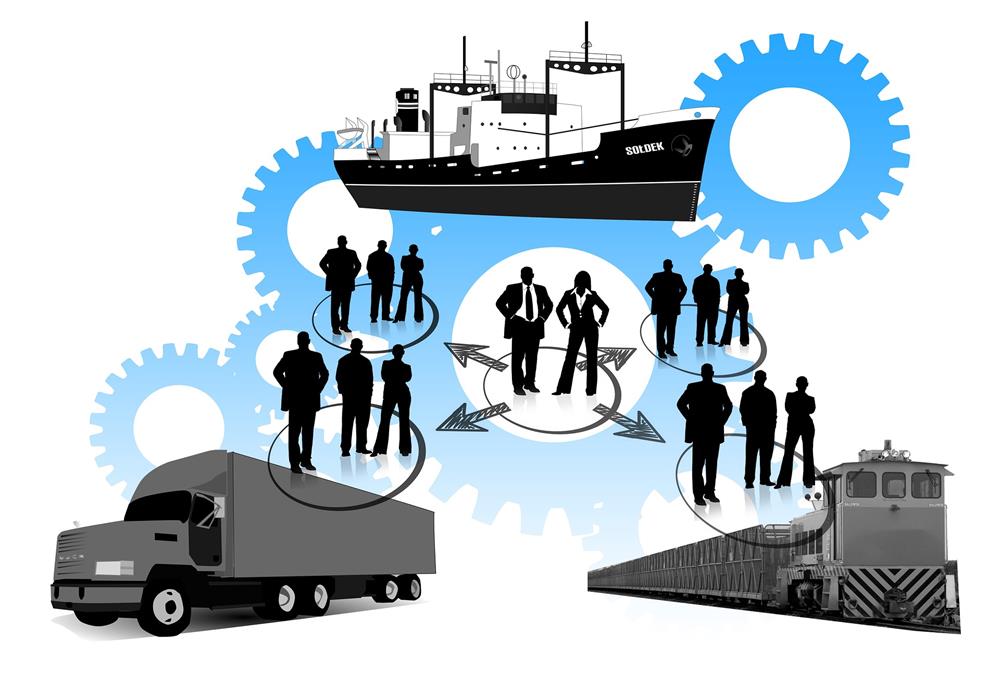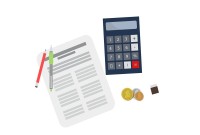- Home
- Business Processes
- Industry Knowledge
- Aerospace Industry
- Automotive Industry
- Banking Domain
- BFSI Industry
- Consumer/ FMCG Industry
- Chemicals Industry
- Engineering & Construction
- Energy Industry
- Education Domain
- Finance Domain
- Hospitality Domain
- Healthcare Industry
- Insurance Domain
- Retail Industry
- Travel and Tourism Domain
- Telecom Industry
- Leadership Skills
- eLearning
- Home
- Functional
- Order to Cash
- What is Order to Cash
What is Order to Cash
Learning objectives for this lesson are: Meaning of Order to Cash Process; Sub Processes under Order to Cash; Process Flow for Order to Cash; Key Roles & Transactions; Key Setups/Master Data Requirements.
Meaning of Order to Cash
- Order to Cash (also known as O2C) manages the life-cycle of a sales process
- This process encompasses the sub processes of receiving and processing customer sales
- A contractual relationship is established with the buyer (This is an Optional step and some businesses need a formal agreement before they can execute orders)
- Orders are received via different sales channels
- Orders are fulfilled through shipping and logistics
- Invoice is generated and booked as Sales
- Debt is recorded and pursued through collections management
- Funds are received and accounted using cash applications
Sub Processes under Order to Cash Functional area:
- Credit Management
- Managing the credit profile of your customer and putting checks and holds on amount of credit that can be extended to one customer
- Order Management (Creation of order/Booking of order)
- The process from taking the order and booking the same in the system
- Order Fulfillment
- Making sure that the firm has the product available that can be shipped to the customer
- Distribution – Shipping and Logistics Management
- Actual shipping of the product to the customer
- Invoicing/Customer Billing – Account Receivable Process
- Raising an invoice to the customer as per the regulatory requirements
- Customer Collections
- Dunning process and reminding customer about outstanding dues and collecting the money
- Cash Application
- Accounting for the cash against a particular invoice
- Dispute Management
- Handling disputes or adjustments arising in the natural course of business
Process Flow for Order to Cash Process
- Sales Quotation
- Providing a quotation about the quality, price and conditions of sale or product
- Sales Order
- Acknowledging the receipt of an order from the customer and its specifications
- Credit Management
- Ensuring the customer is credit worthy and credit can be extended to the customer
- Shipment
- Sending the goods to the Ship To location; and sending the invoice to the bill to location
- Billing/Invoicing
- Sending the invoice to the customer that is fully complaint with the legal framework
- Collections Management
- Reminding the customer, issuing dunning letters and collecting the money
- Dispute Management
- Addressing the disputes or adjustments due to various reasons
- Customer Returns Management
- Handling the goods that have been returned by the customer
- Customer Payments
- Receiving the payments from customers and depositing them in bank
- Cash Application
- Knocking off a particular invoice against the cash or payment that has been received
- Accounting
- Ensuring proper accounting during the process
- Reporting
- Making available the required reports to the management
Key Roles during the process - Order to Cash
- Sales Personnel
- Order Entry and Management
- Account Receivable Accounting
- Finance
- Materials Management
- Partner / Customer Management
- Key Transactions during the
- Order to Cash Process
- Sales Quotation
- Sales Order
- Goods Shipment
- Return from Customer
- Return Material Receipt
- Create Shipments from Orders
- Sales Invoice
- Create Invoices from Orders
- Generate Invoices
Key Setups / Perquisites
Some key master elements or setups are prequiste to this process before transactions can take place in any ERP or system:
- Sales Products
- Prices configuration
- Customers Setup
- Credit Scores/Credit Management/Credit Holds
- Shipping Rules
- Ship to/Bill to Setups
- Sales Document types
- Sales Invoice Formats / Commissions and Accounting Rules
- Taxes on Sales – Tax Setups
- Sales Agreements Setups
- Revenue Recognition Rules
Related Links
You May Also Like
-
Warehouses may seem like a simple, straightforward concept, but they actually include a variety of different types of warehouses that all have their own niche. The type of warehousing that’s right for you depends on your specific industry, location, and needs. From private warehousing, distribution centers, and climate-controlled warehouses, there’s an option to suit every business.
-
To stay competitive in today’s tough market, the location of your warehouse is vital. To grow retail business need to offer to customers faster and affordable shipping time, which is dependent on the warehousing location as the location of the warehouse affects the transit time to ship orders to customers.
-
Transport operations are often divided into full load and part load and due to economies of scale, the unit costs are higher for part loads. Our customer needs several part loads delivering, so it can reduce costs by consolidating these into full loads. Then it gets all the part loads delivered to a warehouse near the suppliers, consolidates them into full loads, and pays the lower costs of full-load transport to its operations.
-
The Outbound process starts with routing the shipments. The Outbound execution process starts from the point when pick tasks are completed for an outbound shipment and ends at the point where the outbound packages are loaded into trailers. The Warehouse Outbound process includes managing and controlling outgoing materials starting from the download of orders through to the shipping of products from the warehouse.
-
Miscellaneous Warehouse Processes
At the end of each inventory control, the Contractor provides the Ordering Person with an inventory report which contains a list of all stock adjustments. The Ordering Person uses the report to create, by use of his/her own means, necessary value and accounting adjustments related to the stock. Let us look at some to the mislaneous warehouse processes not covered earlier.
-
Business Case of Multiple Warehouses
Adding extra warehouses to business provides many benefits such as reducing shipping costs, increasing storage capacity, and having warehouses for specific purposes to simplify overall warehouse management. Multiple warehouses allow you to organize your inventory in a way that helps your business be more effective.
-
This article discusses the key documents that gets generated during the import/export process. These documents may apply to both invoice to cash as well as order to cash cycles. Also learn the major custom docments for India.
-
This article discusses the key documents generated during the order to cash process. Learn the documents that are created while processing AR transactions and business significance of each of these documents. This article is applicable to all ERP's and systems.
-
After products have been received and passed a quality inspection, they need to be stored so that you can find them when you need them. This process is called putaway. The spot where you store a particular product is called a location. One section of a warehouse might have small locations for light items; another area may have large locations on the floor for heavy items.
-
Warehouse management and distribution logistics involve the physical warehouse where products are stored, as well as the receipt and movement of goods takes place. Warehouse management aims to control the storage and movement of products and materials within a warehouse. These operations include the receipting of inwards goods, tracking, stacking and stock movement through the warehouse.
Explore Our Free Training Articles or
Sign Up to Start With Our eLearning Courses

About Us
Learning
© 2023 TechnoFunc, All Rights Reserved









